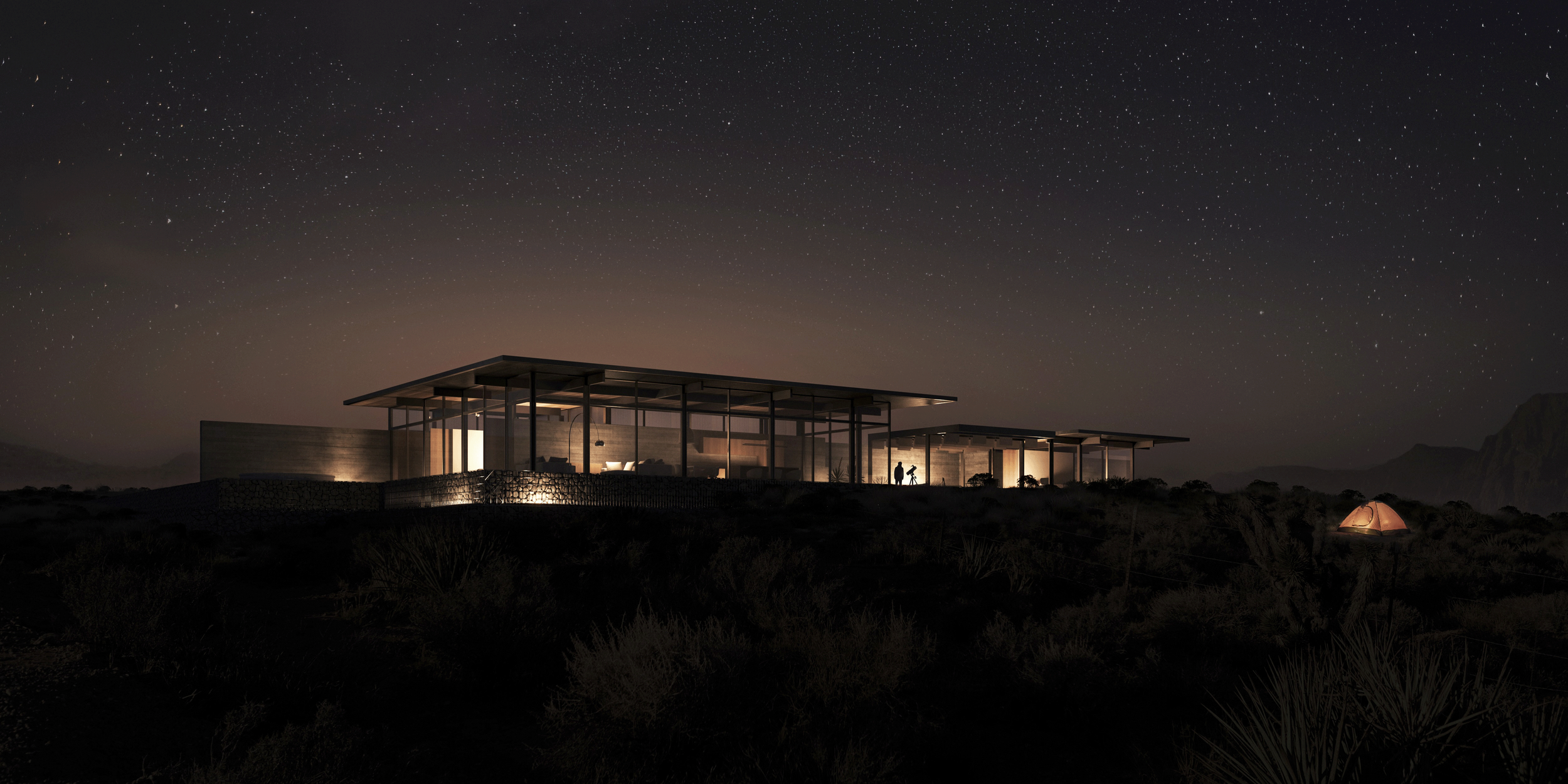Services
Learn what we offer and how we tailor our services specifically to your needs.
-
Are you seeking an expert opinion about a property you’re considering? Or are you struggling to decide between several properties that could meet your needs? This initial phase is to help you make quick decisions before investing in a property. Our pre-development analysis service, backed by years of experience and a deep understanding of the market, allows you to make informed decisions.
Process & Timeline
Research, Documentation, & Analysis: 2-6 weeks
Pre-design Phase
-We help you compare properties if you haven’t decided on a specific one yet.
-We meet on the site to get to know you and discuss your goals.
-We research regulations to understand the development parameters.
-We identify and coordinate consultants needed during this phase.
-We analyze the data to define your development options.
-
This service focuses on the design of a completely new home, regardless of whether it is a vacant lot or has an existing house that doesn’t suit your needs. You will benefit from our vision of building placement and orientation, as well as site amenities, including landscape, responsive architectural forms, and resilient interior fit and finish. Services are tailored to your needs, including sustainability, specialty lighting, and interior design.
Process & Timeline
Design and Documentation: 4-12 months
Pre-design Phase
-We identify development regulations, study the property, and develop a game plan.
Schematic Design Phase
-We create concept designs, refine the design based on your feedback, and provide general opinions on cost. The big picture is now in sight.
Design Development Phase
-We add detail, begin the product selection process, hire consultants for selected work, and continue the construction cost analysis.
Construction Document Phase
-We document selections and details, coordinate consultants, and prepare plans for building permit submittal and final construction costs.
Building Permit Phase
-We streamline the permit process by keeping it in-house.
Construction Phase
-We assist the general contractor through the construction process so your vision is realized with minimal effort.
Read more about our Typical Project Phases below.
-
We transform homes. You live in a great neighborhood and love your home. Perhaps you raised your children there and have fond memories, but now it no longer suits your needs. Or it feels dated, and you’re ready for change. We take a fresh look into your home’s future and bring new life to memories ahead. The process is similar to a new build, with a difference summarized below.
Process & Timeline
Existing Conditions Survey: 2-4 weeks, included within the Design and Documentation schedule.
-We bring a team to laser scan and convert your existing home into a 3-dimensional model to create drawings of existing conditions. The service includes a web-based dollhouse application that reduces the need to revisit the site to answer additional questions.
Project Phases
Our 6 phases of design, documentation, and construction are Pre-design, Schematic Design, Design Development, Construction Documents, and Construction Observation. You will be looped into our process and have input throughout the project. Below is a summary of what to expect during each phase.
-
Pre-design establishes the path for the rest of the design process. It includes information gathering and site documentation. We will research the development regulations to understand allowable uses, restrictions, and required permit processes. We will become familiar with the site to understand what makes it special. We spend time on-site to determine views, study nature patterns such as sunlight and wind exposure, and consider hazards such as earthquake fault distance, fire event potential, nuisance flooding, landslide concerns, and more. More importantly, our onboarding process includes a list of programming questions to pique your interest and help determine your preferences for your new home so we can understand you better for the next step together.
We will meet shortly afterward to review our findings and discuss your programming answers. The next phase will combine findings, answers, and pleasant surprises developed during the “big moves” phase called schematic design.
-
Schematic Design is where we explore opportunities. This is when you’ll first see where we propose the house and accessory buildings (if any) are on the property, the views to and from the buildings, and how the approach from the public roadway will enhance the arrival experience, for example. We will explain the home experience, the flow and relationship between different functional areas, and the home’s overall design concept. You will see your new home with a visual walk-through animation and 3-dimensional renderings to convey the shape, massing, and other big ideas. You’ll see how the sun travels through the sky and illuminates interior and exterior spaces or how a spring snowfall will dust the landscape. After a short time to digest all of this information, you’ll be ready for a follow-up meeting to begin an iterative process to discuss the design and refine it together until we create a plan we agree to move forward with into the next phase, Design Development. You will have a well-conceived home design in two to three meetings. This is a good time to engage builders for project interest, valuable input, and preliminary construction costs.
-
Design development is the next step in refining how the building looks, works, and functions. During this phase, mechanical, electrical, and plumbing systems are discussed, exterior and interior materials are chosen, appliances and plumbing fixtures are selected, a lighting and power plan is created, and details are developed. With the added information, the selected builder can continue fine-tuning construction costs.
-
Construction Documents are the final deliverable you receive from us before construction. We add another layer of information by documenting and specifying the selections made during the preceding phases. This phase culminates with two distinct drawing sets: a Building Department review set for permits and a Construction set for the General Contractor, with added specifications and detail to provide final construction costs.
Building Department Review Set:
A drawing set is developed explicitly for the building department review process and has only the necessary information to demonstrate development and building code compliance. This method ensures a faster review schedule so you can begin construction sooner.
Construction Set:
We continue adding details and specifications to the building department review set during the permit review process. Once our work is complete, the builder can provide final construction costs simultaneously with building permit issuance. That ensures you’re ready to begin construction with minimal downtime.
-
With rare exceptions, a building permit is required for new construction. The time necessary for permitting completely depends on the local jurisdiction: Staffing, project load, and Holidays influence the schedule. You benefit from our experience as we reduce the time necessary to review the drawing set. We supply only the necessary information to meet building codes and other applicable regulations.
-
Watching your hard work come to life typically takes 12-24 months but can take longer, depending on the project’s size, complexity, and location. Your general contractor is responsible for the schedule and timeline of your project. Once the project is underway, we stay involved throughout the construction process to answer questions, help troubleshoot, and ensure your vision is followed until you move in.
Additional Processes
The design and planning process occasionally requires additional overviews by other design review bodies. Here are two examples.
-
A discretionary permit is required for new construction in certain planning and community neighborhoods. This includes developments in Coastal Zones and Environmentally Sensitive Lands such as steep hillsides. If a discretionary permit is required for your project, the application process will occur after the schematic design is finalized. Using the work prepared to date, we add relevant information to plans and prepare exhibits for public presentation, resulting in board review. As it can be nerve-wracking to participate in these types of meetings, we handle the entire process for you.
-
Homeowner associations (HOA) with Design Review Boards will want to review your new home design against the design review guidelines to ensure it conforms. We provide plans, renderings, and material boards to make the process seamless.
Expertise
Building a home is a significant undertaking, and we have the expertise to assist you.
-
Coastal Development has a unique discretionary process, whether governed by a Local Coastal Program or the California Coastal Commission. Our past work has included bluff-top new builds and an inland watershed project.
-
County or city, vacant property development has added planning requirements. From Santa Cruz to San Diego, our planning and design work has resulted in one-of-a-kind custom homes.
-
Urban infill development is influenced by its context. With current City and State incentives, much more can be developed than previously possible. As these regulations are in flux, we aim to stay up-to-date so you don’t have to.
-
Challenging Properties can often be developed to create dramatic architecture. We can discuss potential processes, time, and cost increases associated with building on challenging lots.
-
This is perhaps our most challenging service offering because there isn’t a standard redevelopment process. Each municipality has its own way of managing rebuilding after a fire. The bottom line is to be proactive in building a more resilient house so there is a greater chance of survival during the next fire.
-
Here is an opportunity to create lasting architecture sensitive to its location.
-
The optimism of post-war architecture has seen a resurgence since the beginning of the 21st century. We have helped many enthusiasts re-energize these houses by renovating or adding to them while maintaining the MCM spirit. Our expertise has been applied to buildings initially designed by acclaimed midcentury architects, including Homer Delawie, Robert Mosher, William Krisel (Palmer & Krisel), and Cliff May.
-
Sometimes you’re not sure what is wrong, but you know you need a change. Reimagining your home for today’s lifestyle is in our wheelhouse.
-
Older houses - especially Midcentury Moderns - are energy inefficient, and we help solve that issue through different tiers of energy efficiency strategies. Besides becoming comfortable to live in, these additions will save you energy.


